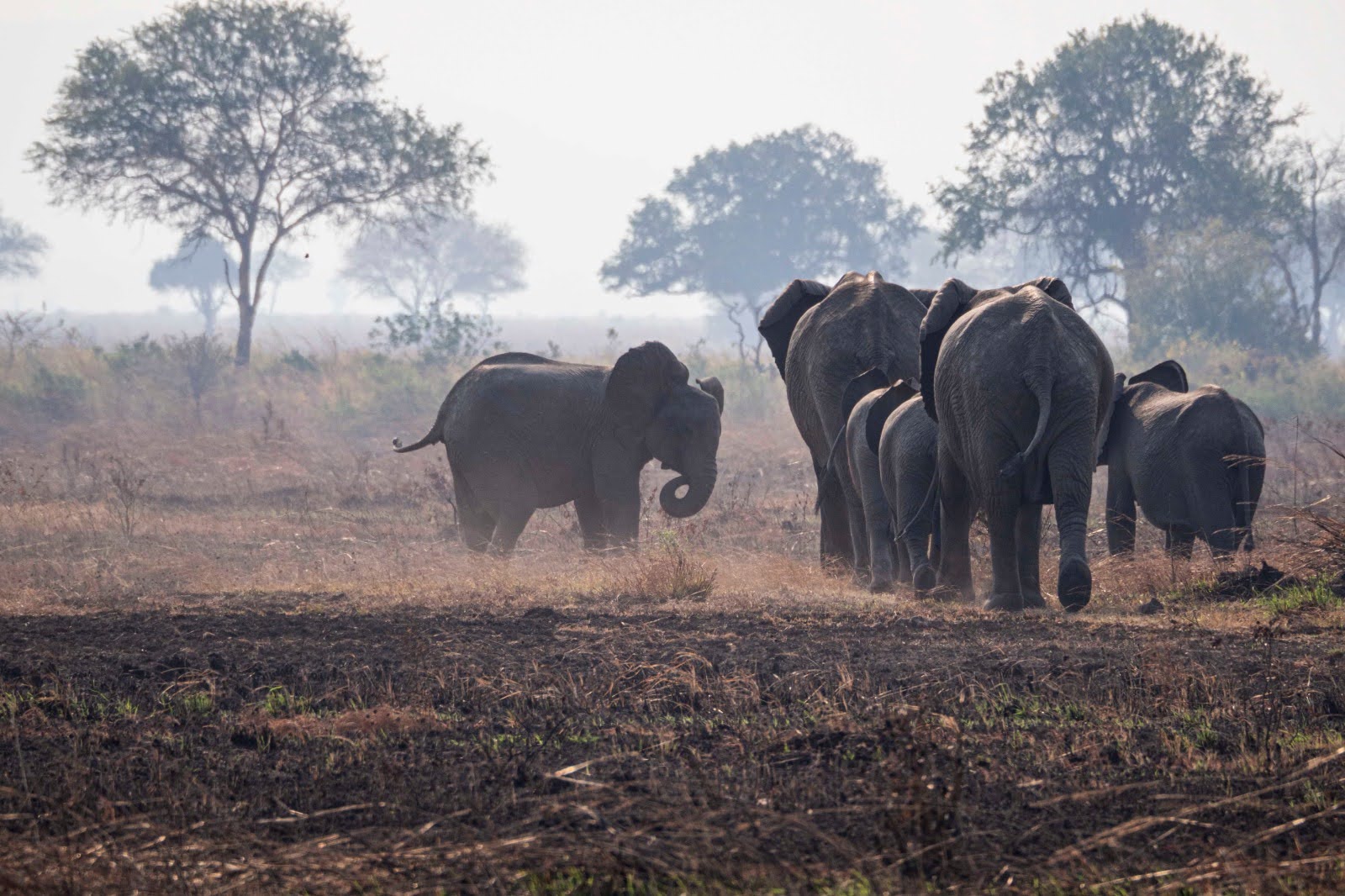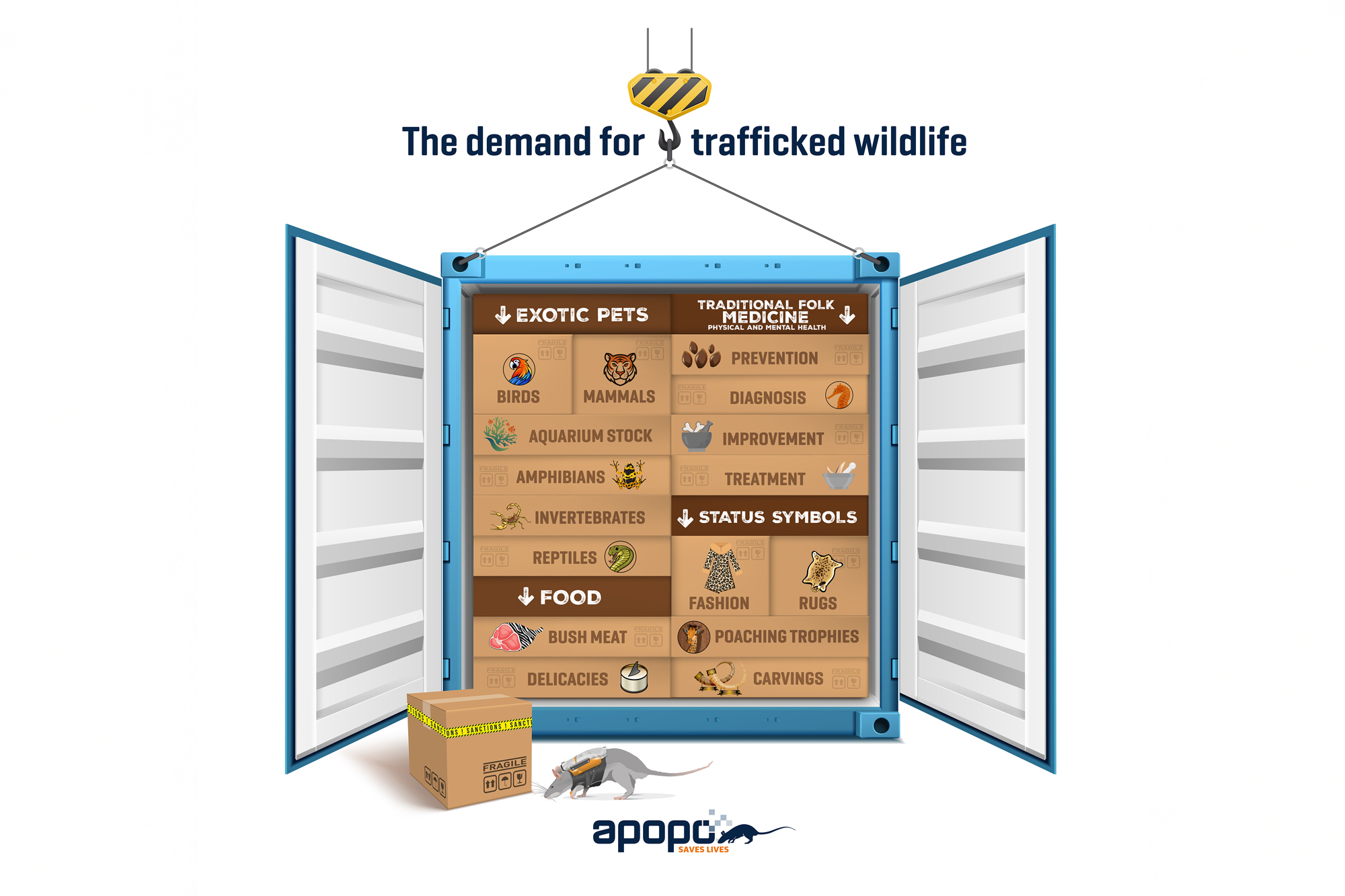Wildlife trafficking affects not only ecosystems and native species but also the human communities that share their environments. The removal of wildlife has serious consequences for local economies, security, and public health — including the development and spread of zoonotic diseases.
Local Economic Impact

The disappearance of wildlife disrupts ecosystems and erodes sustainable economic opportunities. One of the most visible consequences is the loss of income from nature-based tourism. As iconic species like elephants and rhinos vanish, the likelihood of sightings drops — and with it, tourist interest.
As of 2016, the estimated annual economic loss due to elephant poaching was $25 million USD (Naidoo et al., 2016).
The impact extends beyond tourism. For example, forest elephants in Central Africa are vital to long-distance seed dispersal, nutrient cycling, and maintaining healthy forest structure. Their absence triggers ecological degradation, which in turn affects the livelihoods of communities that depend on intact forests for food, medicine, and income.
Illegal logging for high-value timber accelerates this damage, disrupting nutrient chains, contributing to soil erosion, and pushing land toward desertification — rendering it unfit for agriculture. According to the World Economic Forum (2020), over $44 trillion USD, or more than half of global GDP, is moderately or highly dependent on nature and its services.
Reduced biodiversity also destabilizes local ecosystems, increasing the risk of ecological collapse. This affects not just agriculture, but public health — through reduced air and water quality, declining soil health, and increased vulnerability to disease and malnutrition (META).
Rising Violence and Local Conflict

Due to high profits and low risk of prosecution, wildlife trafficking is increasingly controlled by organized criminal networks. This introduces violence, forced labor, and exploitation into previously unaffected communities.
Poaching by local residents for subsistence (e.g. bushmeat) typically has a lower impact on species populations. In contrast, organized poaching for national and international trade is far more damaging — both to biodiversity and to community safety (Mozer, 2023).
Many of today’s wildlife traffickers are former drug smugglers who shifted operations due to stricter drug enforcement. They often use the same concealment methods, routes, and logistics for moving rhino horn, pangolin scales, ivory, and other illicit products — a pattern known as parallel trafficking.
Wildlife products have been seized alongside drugs, weapons, and even human trafficking victims. This convergence of crimes magnifies the threat to both local communities and global security (Mozer, 2023).
Zoonotic Disease Risk
Zoonotic diseases are infectious diseases that jump from animals to humans. The international wildlife trade — both legal and illegal — presents a significant risk for the development and spread of these diseases.
Illegal trade in particular bypasses sanitary, veterinary, and handling regulations, often subjecting animals to extreme stress and unsanitary conditions — ideal breeding grounds for viruses.
According to Lin (2021), six key factors increase zoonotic disease risk in wildlife markets:
Presence of high-risk species
Live animal trade
Poor hygiene
Small or crowded holding spaces
High animal density
Interspecies mixing
An estimated 60% of infectious diseases in humans are zoonotic; of these, nearly 72% originated from wildlife. Major examples include:
HIV/AIDS, transmitted through the consumption of primate bushmeat
Avian flu, Ebola, rabies, and
COVID-19, likely linked to the exotic wildlife trade and the SARS-CoV-2 virus
Curbing illegal wildlife trade helps prevent future pandemics by reducing high-risk contact points before diseases can spill over and mutate in human populations.
